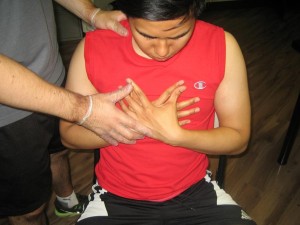Pea protein allergy involves an adverse reaction of the immune system to specific proteins present in peas. It is important to note that peas are part of the same food family as peanuts and might trigger an allergic reaction among those with peanut allergy.
If an individual ends up with an adverse reaction to peas while eating or directly handling them, a doctor must be consulted regarding allergy testing for an accurate diagnosis. Even though unlikely, pea allergy can trigger anaphylaxis which is a severe reaction.

How does it develop?
Pea allergy is brought about by overreaction of the immune system to the proteins present in peas. The body perceives the proteins in peas as a threat in which a defensive mode is activated. IgE antibodies are released which starts a chain reaction that causes the mast cells to generate high levels of histamine. This chemical is responsible for the inflammation in the soft tissues.
What are the indications?
The indications of pea protein allergy generally include the following:
- Shortness of breath
- Coughing
- Wheezing
- Itchy eyes
- Nasal congestion
- Throat irritation
- Abdominal cramps
- Gas
- Vomiting
- Bloating
- Diarrhea
- Generalized itchiness
- Hives
- Contact dermatitis
Management of pea protein allergy
Avoiding exposure to peas is considered as the most effective treatment for pea protein allergy. The mild symptoms from the allergy can be managed with an oral antihistamine. These drugs work by preventing the body from producing histamine, thus reducing the allergy symptoms.
As for the skin reactions, they are managed using topical antihistamine creams and corticosteroids to lessen the itchiness and inflammation.
If an individual is identified with pea protein allergy, it is recommended that he/she must wear a medical bracelet. The individual should also ask about ingredients in certain foods when eating outside and carefully read the labels on packaged products.
